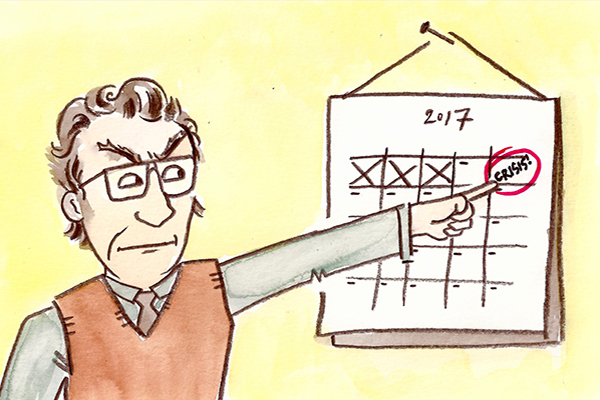The work of Hyman Minsky highlighted the essential role of finance in the capital development of an economy. The greater a nation’s reliance on debt relative to internal funds, the more “fragile” the economy becomes. The first part of this post used these insights to uncover the weaknesses of today’s global economy. This part will discuss an alternative international structure that could address these issues.
Minsky defines our current economic system as “money manager capitalism,” a structure composed of huge pools of highly leveraged private debt. He explains that this system originated in the US following the end of Bretton Woods, and has since been expanded with the help of financial innovations and a series of economic and institutional reforms. Observing how this system gave rise to fragile economies, Minsky looked to the work of John Maynard Keynes as a start point for an alternative.
In the original discussions of the post-war Bretton Woods, Keynes proposed the creation of a stable financial system in which credits and debits between countries would clear off through an international clearing union (see Keynes’s collected writings, 1980).
This idea can be put in reasonably simple terms: countries would hold accounts in an International Clearing Union (ICU) that works like a “bank.” These accounts are denominated in a notional unit of account to which nation’s own currencies have a previously agreed to an exchange rate. The notional unit of account – Keynes called it the bancor – then serves to clear the trade imbalances between member countries. Nations would have a yearly adjusted quota of credits and debts that could be accumulated based on previous results of their trade balance. If this quota is surpassed, an “incentive” – e.g. taxes or interest charges – is applied. If the imbalances are more than a defined amount of the quota, further adjustments might be required, such as exchange, fiscal, and monetary policies.
The most interesting feature of this plan is the symmetric adjustment to both debtors and creditors. Instead of having the burden being placed only on the weakest party, surplus countries would also have to adapt their economies to meet the balance requirement. That means they would have to increase the monetary and fiscal stimulus to their domestic economies in order to raise the demand for foreign goods. Unlike a pro-cyclical contractionist policy forced onto debtor countries, the ICU system would act counter-cyclically by stimulating demand.
Because the bancor cannot be exchanged or accumulated, it would operate without a freely convertible international standard (which today is the dollar). This way, the system’s deflationary bias would be mitigated. Developing countries would no longer accumulate foreign reserves to counter potential balance-of-payment crises. Capital flows would also be controlled since no speculation or flow to finance excessive deficits would be required. Current accounts would be balanced by increasing trade rather than capital flows. Moreover, the ICU would be able to act as an international lender of last resort, providing liquidity in times of stress by crediting countries’ accounts.
Such a system would support international trade and domestic demand, countercyclical policies, and financial stability. It would pave the way not only for development in emerging economies (who would completely free their domestic policies from the boom-bust cycle of capital flows) but also for job creation in the developed world. Instead of curbing fiscal expansion and foreign trade, it would stimulate them – as it is much needed to take the world economy off the current low growth trap.
It should be noted that a balanced current account is not well suited for two common development strategies. The first is import substitution industrialization, which involves running a current account deficit. The second is export-led development, which involves a current account surplus. However, the ICU removes much of the need for such approaches to development. Since all payments would be expressed in the nation’s own currency, every country, regardless it’s size or economic power, would have the necessary policy space to fully mobilize its domestic resources while sustaining its hedge profile and monetary sovereignty.
Minsky showed that capable international institutions are crucial to creating the conditions for capital development. Thus far, our international institutions have failed in this respect, and we are due for a reform.
Undeniably, some measures towards a structural change have already been taken in the past decade. The IMF, for example, now has less power over emerging economies than before. But this is not sufficient, and it is up to the emerging economies to push for more. Unfortunately, the ICU system requires an international cooperation of a level that will be hard to accomplish. Aiming for a second-best solution is tempting. But let’s keep in mind that Brexit and Trump were improbable too. So why not consider that the next unlikely thing could be a positive one?

2 thoughts on “Using Minsky to Better Understand Economic Development – Part 2”
Comments are closed.